The fusion of technology and design
Leading to solutions to social issues
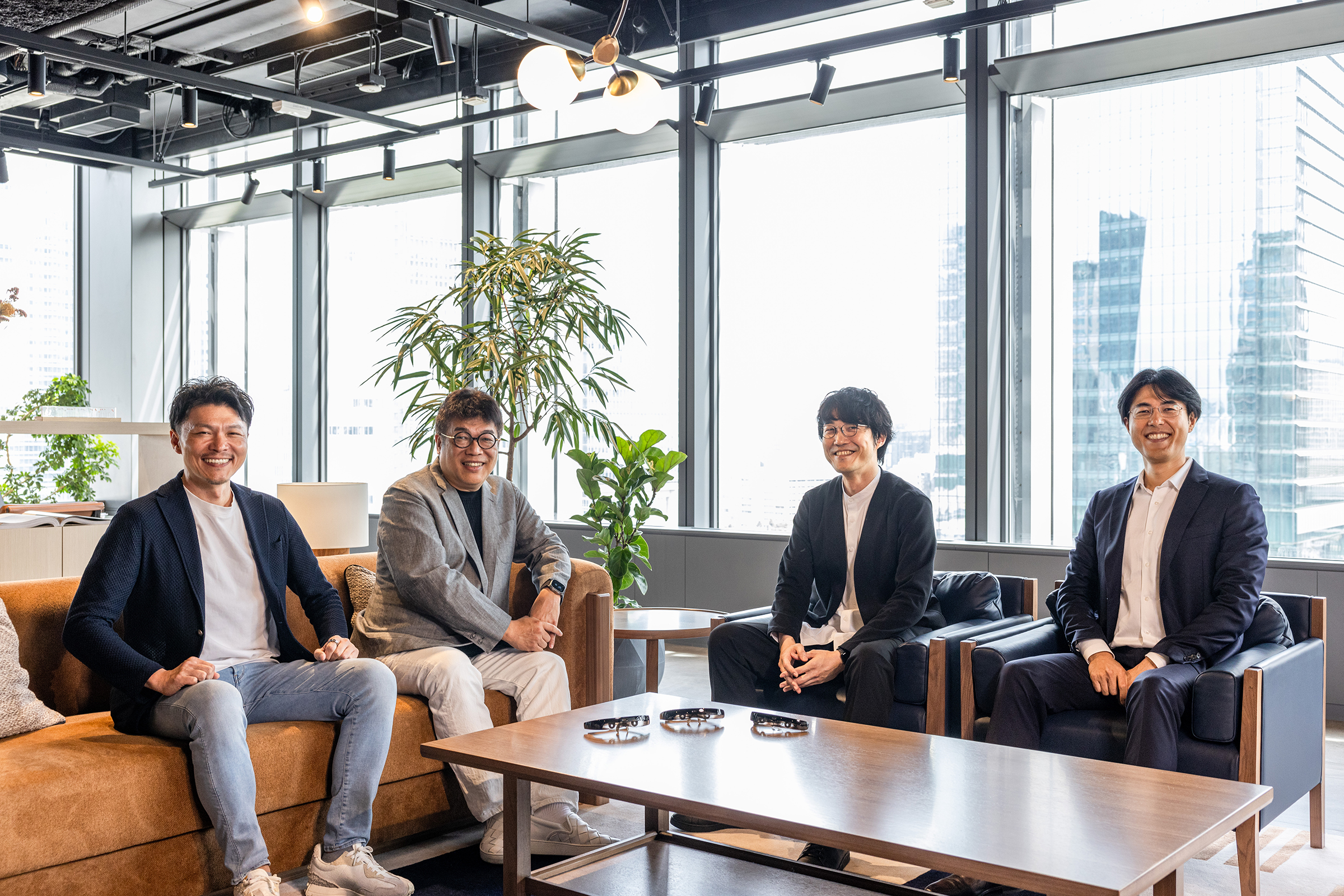
In the summer of 2023, ViXion announced the release of "ViXion01," an autofocus eyewear designed to address visual challenges caused by eye strain and aging. The crowdfunding campaign, launched on June 29, 2023, quickly became a hot topic, attracting support from over 3,000 backers and raising more than 200 million yen as of August 9..
This time, we will be featuring Mr. Oki Sato, the representative of the design office "nendo" which designed "ViXion01", Mr. Akihiro Ito, who is an outside director of ViXion and serves as a director of nendo along with Mr. Sato, and also an outside director of ViXion. Mr. Hideto Fujino, Representative Director, Chairman, President & CEO of Rheos Capital Works Inc. and Seiichiro Nambu, Representative Director of ViXion, gathered together to talk about the secret behind the creation of "ViXion01", social inclusion and design, which are hot topics these days, and He talked about the future and design that "ViXion01" will solve.
Utilizing the power of technology to enhance visual capabilities and
expand the possibilities of life.
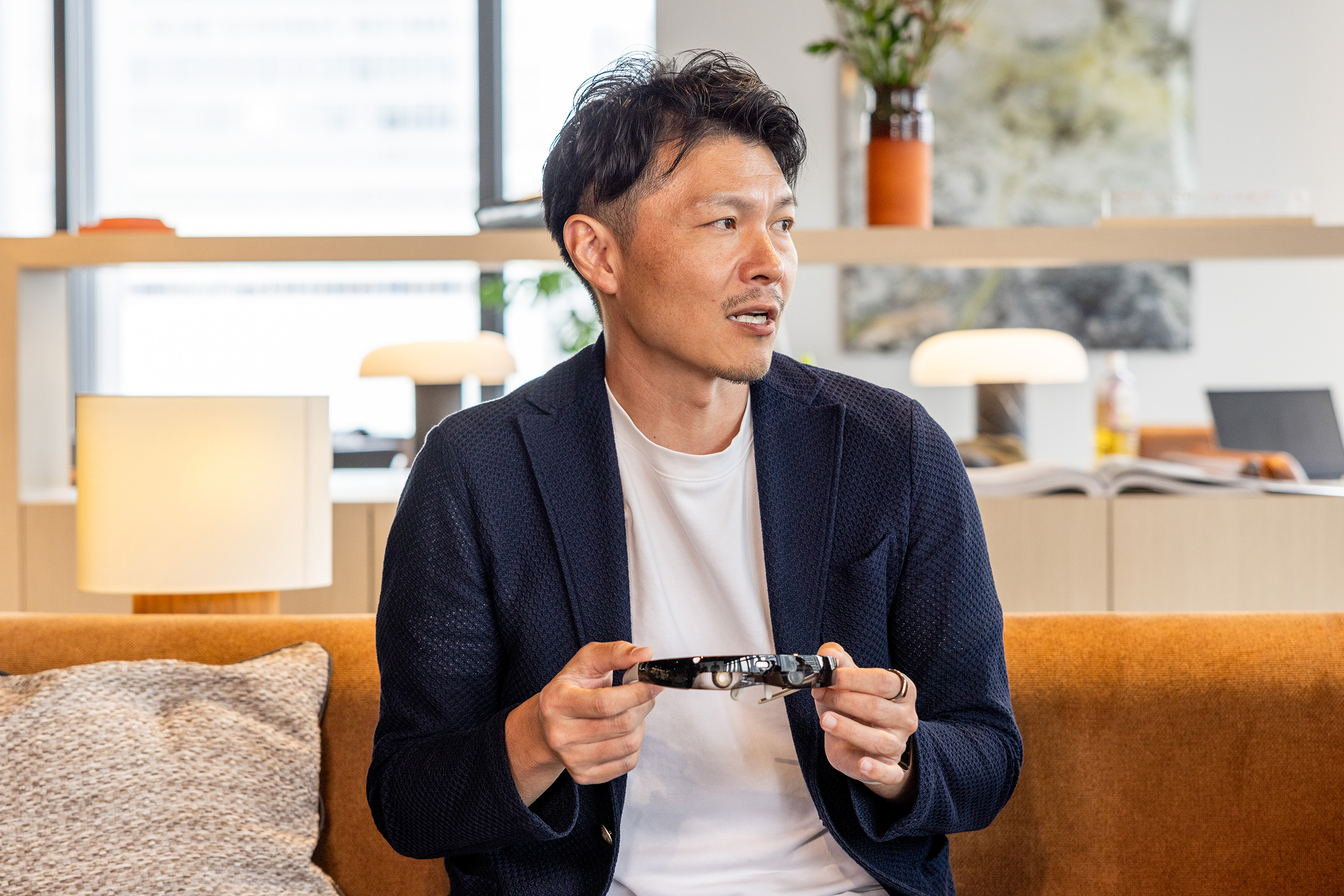
Nambu: The reason we chose inclusive design as the topic for our discussion is rooted in a conversation we had this spring about defining ViXion's purpose. During that discussion, the idea of "leading social inclusion" emerged as one of the proposals. However, we realized that inclusion is a state of being, and the notion of us leading it didn't quite fit. ViXion is a company that aims to solve the barriers faced by people who are excluded from society, looking at these issues from a technological perspective. We believe our raison d'être lies in creating a state where
choices can always be made through the power of technology.
However, there are challenges that cannot be overcome by social systems and technology alone. We thought that design could play a significant role in addressing these issues. That's why, in this discussion, we wanted to explore whether social inclusion is something that can or should be designed, and what role design can play in this context.
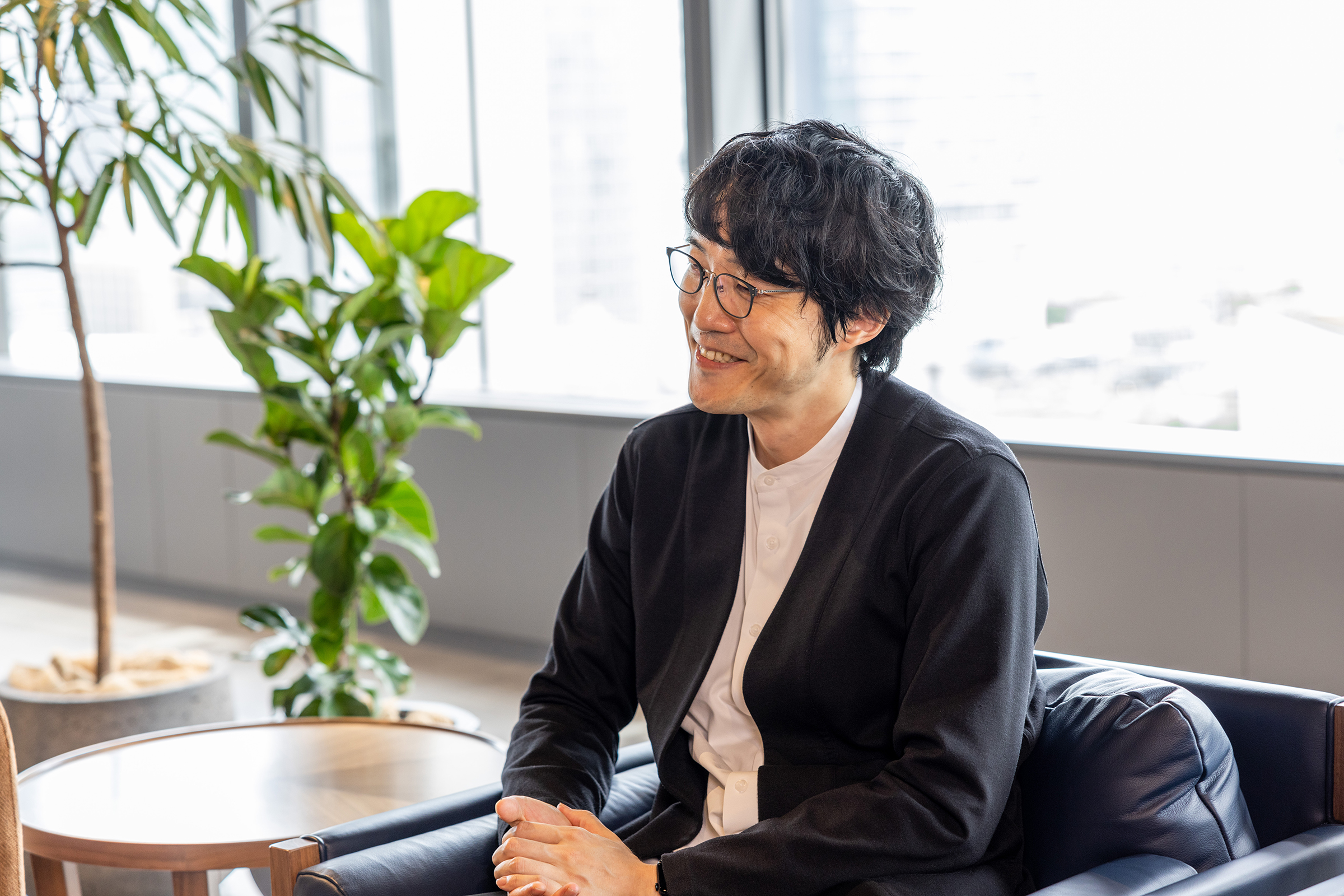
Sato: IThat's an interesting perspective. Indeed, inclusive design has become quite a buzzword recently. It's a challenging concept, but I think it's easier to understand when you think of it as expanding possibilities and options. If it leads to the creation of choices that weren't available before, then it might rightly be called an inclusive design or an inclusive service.
Fujino: From my perspective as an investor, inclusion represents an investment opportunity. This is because I see social issues as deficiencies. Entrepreneurs nowadays often refer to these as 'pain points.' If you can identify and alleviate this pain, it not only benefits society but also translates into increased corporate value and substantial returns. The key lies in identifying these pain points and efficiently solving them. From this viewpoint, ViXion is precisely about providing value ('gain') to those who experience 'pain' in their vision.It's a clear-cut business model and also an attractive investment theme.
Nambu: When I first saw the design of "ViXion01," I was amazed. I wondered what kind of problems this device could solve. So, I started by determining exactly what I was looking at. This is a device that solves issues not addressed by regular glasses and offers benefits even to people with normal vision. In other words, I began to see it as eyewear that supplements the eye's mechanisms, thereby preserving visual happiness. Once I started thinking along these lines, my thoughts became more organized, leading to a flurry of ideas for business strategy, branding, and marketing plans. Thanks to this design, I was able to take a significant step forward.
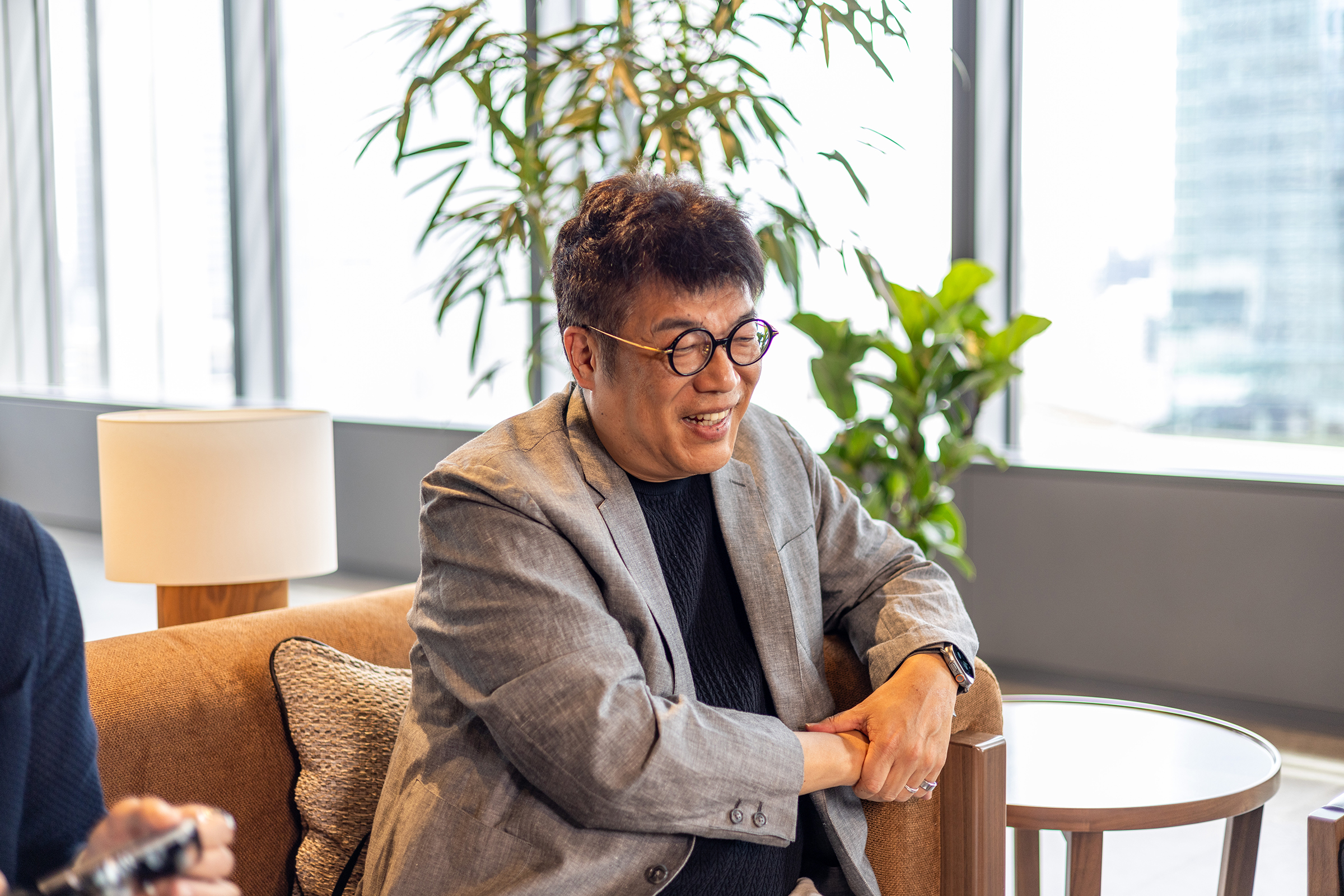
Fujino: When I first heard about "ViXion01," I realized that design would play a crucial role in its productization. That's why I thought it was essential to reach out to nendo, a firm we had connections with from before. And indeed, I consulted with Mr. Ito from the very early stages.
Ito: That was about three years ago. Around that time, I was beginning to focus on how to deliver significant value to society. So, the idea of shaping an unformed technology into something tangible and being involved in that process was an area of great interest to me at the time.
Fujino: I asked them not just to simply design and get paid for it, but to be involved as stakeholders, holding shares and participating in building the company from scratch. I mentioned that this could be a new and different challenge for nendo, unlike anything they had done before.
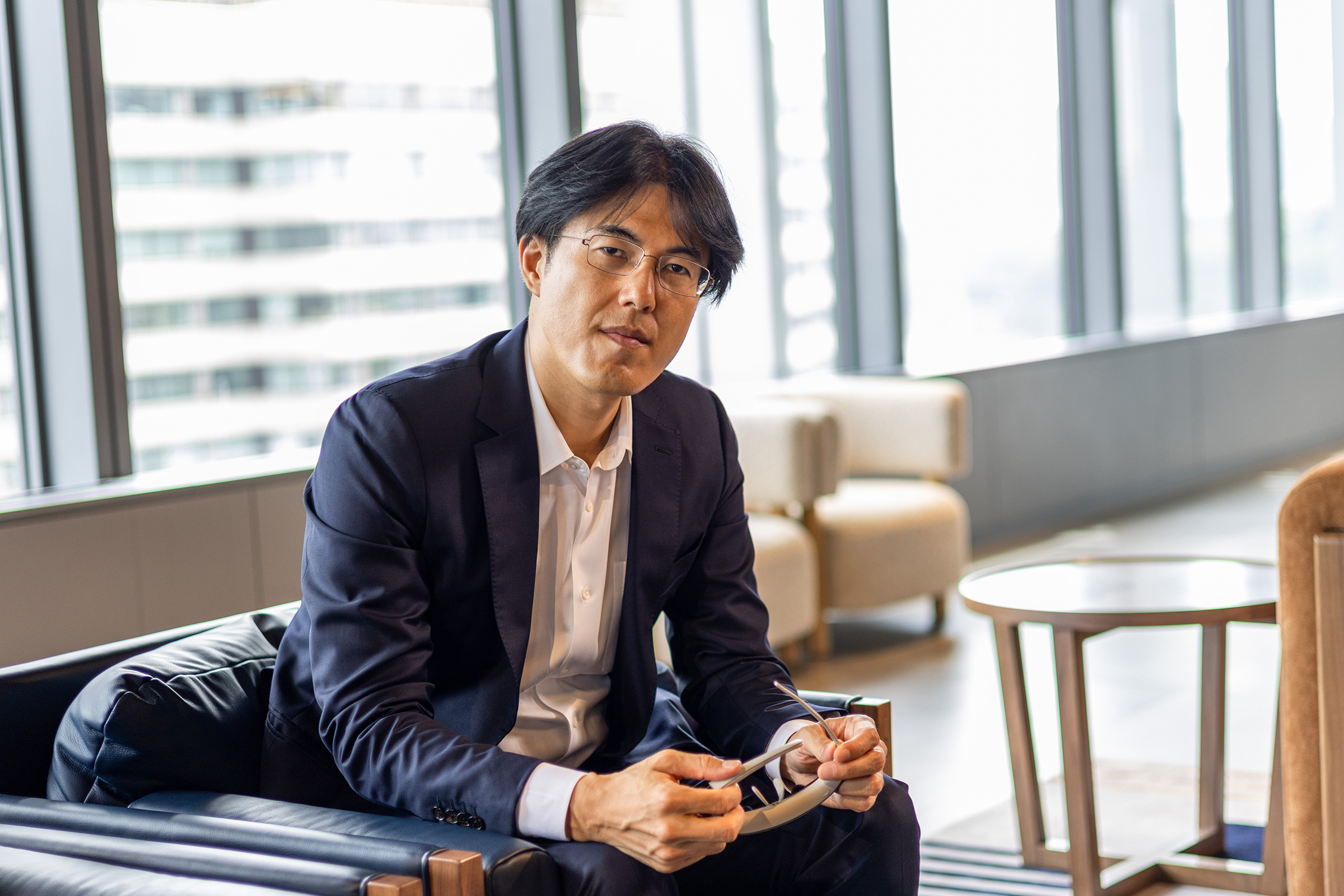
Ito: Yes, indeed. We are always seeking new ways to approach design, but our involvement with ViXion marked a transition into a new phase for nendo. Personally, I was at a point where I was contemplating what more I could offer to a company beyond project management. So, I accepted the offer without hesitation.
Sato: I believe the way designers and companies collaborate has significantly changed recently. Previously, the focus was on providing clear answers to specific problems. However, now there's a growing trend of more open-ended projects, where the expectation is to jointly identify problems or discover new issues through the process of creation. Sometimes this leads to uncovering entirely different challenges that need addressing. In this context, the role expected of designers is evolving. Instead of the traditional client-contractor relationship, there's a shift towards designers becoming an integral part of the organization.They are increasingly involved in sharing more precise information and moving forward together in the project's development.
Fujino: I believe this change is a result of the growing interconnectedness of various aspects. Design has started to represent a company's concept and stance, articulate the value of products, and symbolize the relationship with customers. As a result, the role of design has grown in importance, and effectively conveying ideas has become increasingly crucial. However, no matter how outstanding a product may be, it won't make an impact if it lacks the essence or soul of the company. Likely, inclusion is about the connection between all stakeholders and designers, with this connection being reflected in the products and services.
We're only at the beginning.
"ViXion01" is brimming with potential.
Nambu: I think "ViXion01" is a very unique item. How did you approach the design process for it, Mr.Oki?
Sato: Products designed to compensate for flaws often end up being reluctantly used. Take hospitals, for example: people go there because they must, not because they want to. Similarly, with "ViXion01," if it weren't necessary, people might not choose to wear it. So, the challenge was figuring out how to make it appealing enough that people would want to wear it even when their eyesight is fine. It's about turning a negative into a positive, which I believe is something only design can accomplish. Products designed to compensate for flaws often end up being reluctantly used. Take hospitals, for example: people go there because they must, not because they want to. Similarly, with "ViXion01," if it weren't necessary, people might not choose to wear it. So, the challenge was figuring out how to make it appealing enough that people would want to wear it even when their eyesight is fine. It's about turning a negative into a positive, which I believe is something only design can accomplish. Additionally, when I first saw the prototype, I was impressed but also realized it needed careful designing to avoid rejection. The concept of having small lenses close to the eyes might be uncomfortable or create a sense of estrangement, which could be off-putting. Overcoming this aspect with design was particularly important to me. These were the key considerations in my approach.

Fujino: But when this design was first displayed during the presentation, there was an audible gasp of "wow!" from everyone. Part of the reason I chose nendo for the design might have been to hear that reaction. Plus, there's always a well-thought-out reason behind such a design, allowing us to re-experience the designer's thought process.
It also looks pretty cool when worn, doesn't it? (laughs). It's suitable for all ages and genders. This drive to promote something cool significantly influences our business approach. "ViXion01" might have some functional areas to improve, but the design more than makes up for it, creating a product that generates excitement and overall contentment. It's a product designed with a clear sense of purpose. I think being 'cool' is crucial.This drive to promote something cool significantly influences our business approach. "ViXion01" might have some functional areas to improve, but the design more than makes up for it, creating a product that generates excitement and overall contentment. It's a product designed with a clear sense of purpose.
Sato: I Recently, I was discussing with Ito about what makes inclusive design easy to understand in terms of clear elements or factors. I felt that it's somewhat akin to a singular functionality. Typically, when creating something, you usually have a target audience in mind, which often leads to increasingly complex functionalities. However, by focusing on a single function, like with "ViXion01," I thought it might actually become a product that is well-received even by those with good vision.
Fujino: It would be ideal if the product isn't just for people who have difficulty seeing or are visually impaired, but also adds enjoyment for those with good vision. For instance, like a telescope, enhancing the ability to see distant objects clearly.
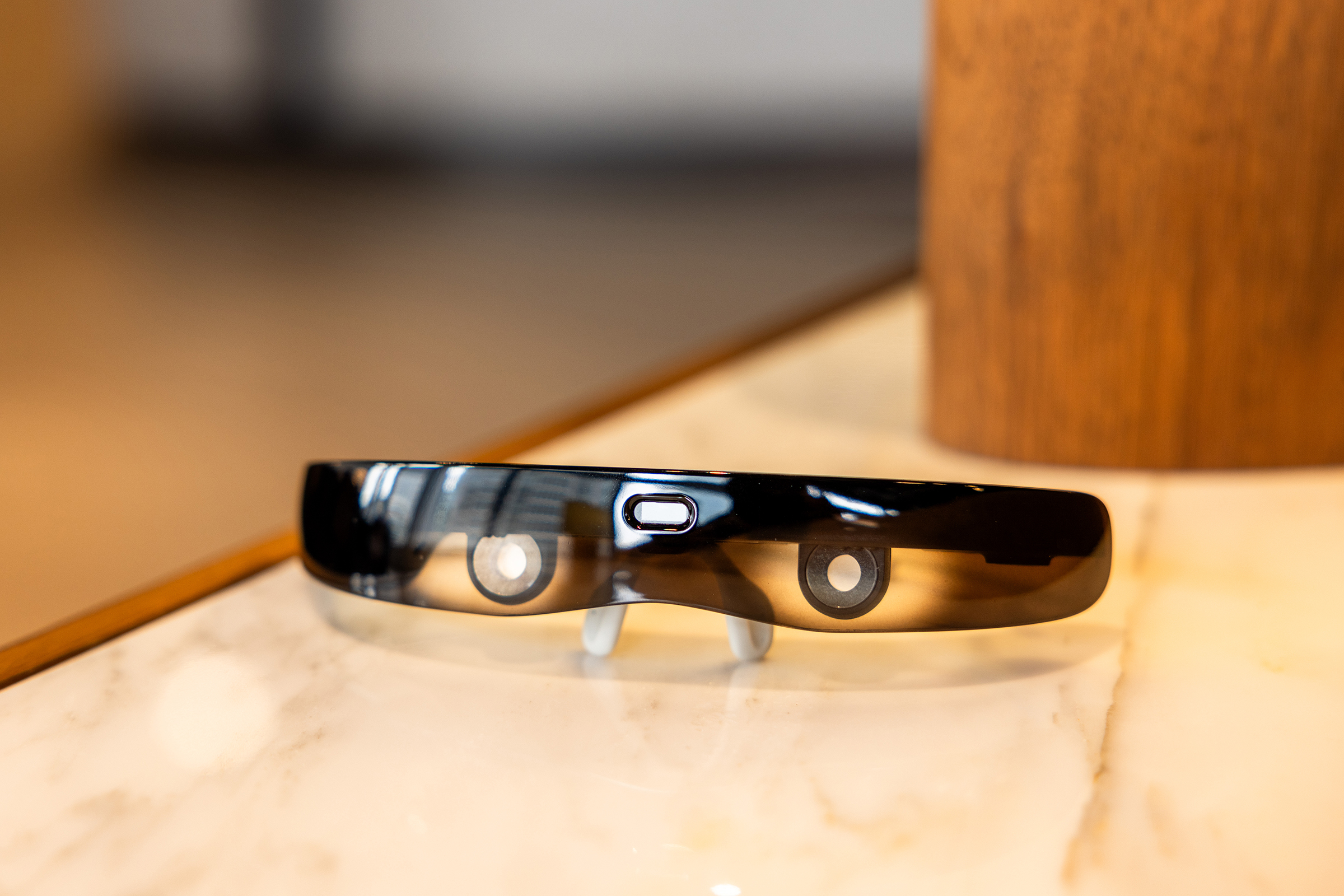
Sato: I had a feeling that if I designed it as glasses, it would fail. I felt that by designing "ViXion01" as honestly as possible with respect to its functions, something new and unprecedented could be created. Therefore, I tried my best not to be influenced by existing things.
Fujino: I think "ViXion01" is close to the early days of the iPhone. The early iPhones didn't have the features we have today and were extremely incomplete. However, Steve Jobs envisioned a world in the future where everything would be connected and seamless. The same goes for us. We can add AR and VR functions to "ViXion01," and we may be able to create something like a virtual space computer like Apple, and we can link it to Google Maps so that we can see where we are walking. It might become. It may also be possible to add communication functions and share the same screen in real time. We don't know how far we can go, but for us, the current "ViXion01" is device close to Ver.1 or 0. The design and functionality will continue to evolve, and the specifications will change to suit the needs of our customers, so my dreams are expanding.
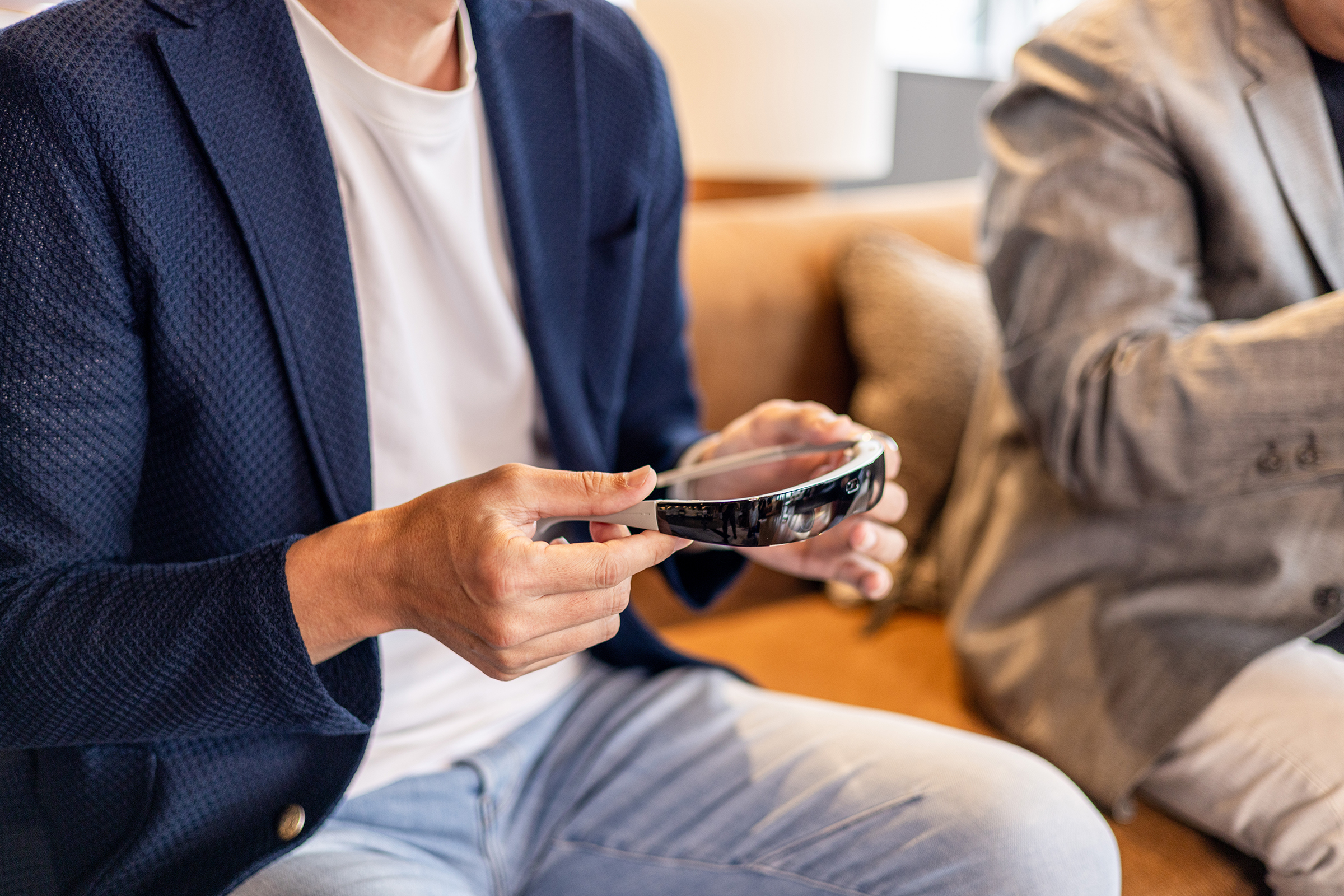
Nambu: I was reminded of this when talking about the iPhone, but perhaps the birthplace of "ViXion01" was actually the iPhone. It is said that the reason why the number of people with myopia has increased dramatically since 2000 is because all interfaces have become PCs, smartphones, and tablets, and people are increasingly working at close range. In other words, there is a trade-off between convenience and health. However, instead of parents telling their children to stop looking at their smartphones, for example, they could say to their children, ``Your eyesight will get worse if you look at them all the time, so put this on and look at your smartphone.'' I think if you give them a choice, you're giving them a choice. It's difficult to pretend that the cause of the problem never happened, so I think the world would be a much better place if we could provide an alternative solution using our technology and systems.
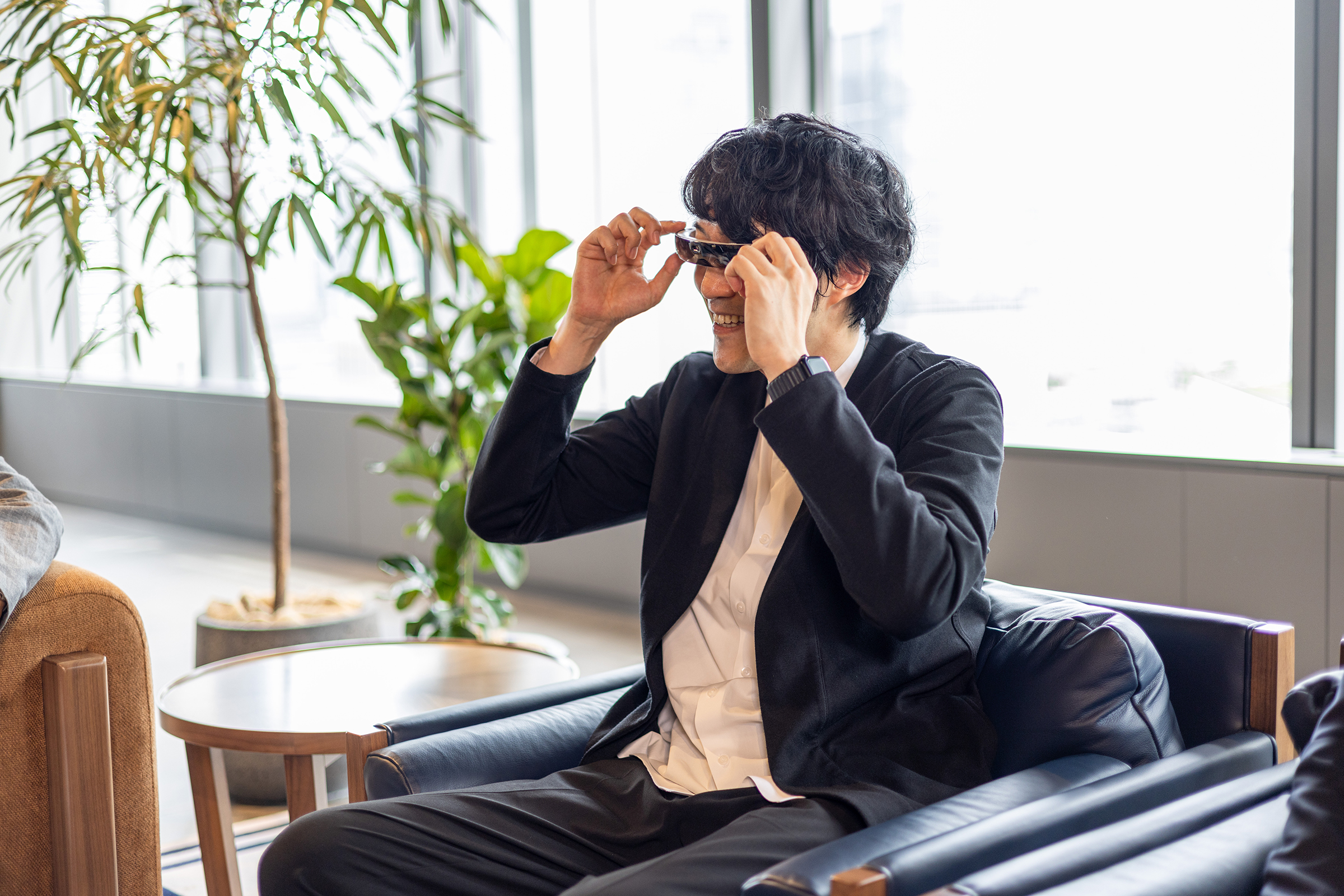
Sato: I think "ViXion01" has the potential to change the world little by little. I feel like there are possibilities not only vertically, but also horizontally.
Nambu: It is true that we are currently focusing on physical expansion of the eyes, but there are also people with acquired or congenital visual impairments. Even if it is difficult to expand the physicality of vision for everyone, by expanding physical senses other than vision, we may be able to obtain information and perceptions that exceed that of vision, and if we combine them, we can obtain many more things. That may be possible.
Sato: There are also ways to compensate for this in other ways than just visual perception. Being able to do something you couldn't do before, even the smallest thing, can motivate you, and I think that can lead to new possibilities.
Producers and consumers work together to continue creating
That is the way of inclusive manufacturing.
Nambu: Thanks to you, we have received support from many people for the crowdfunding project, but by launching "ViXion01", which is still in the development stage, I am confident that no matter what kind of scolding I receive from everyone, I will I was prepared to take on everything. However, many people tell me, ``I can see the future with this product, so go for it,'' and when I try it out at a trial session, although they are confused at first, they both say, ``Does it suit me?'' 'It looks like it's going to be a lot of fun.' Afterwards, one person said, ``This could be useful for electronic work,'' and another said, ``This would be useful for sewing.'' By being able to see well, I envision myself enjoying the things I like. I thought it was interesting that there was a bit of a time lag between putting it on and experiencing it, and it made me realize that it is possible to remove the barriers around you from outside of your own imagination.
Sato: That's interesting. That means it was hidden.
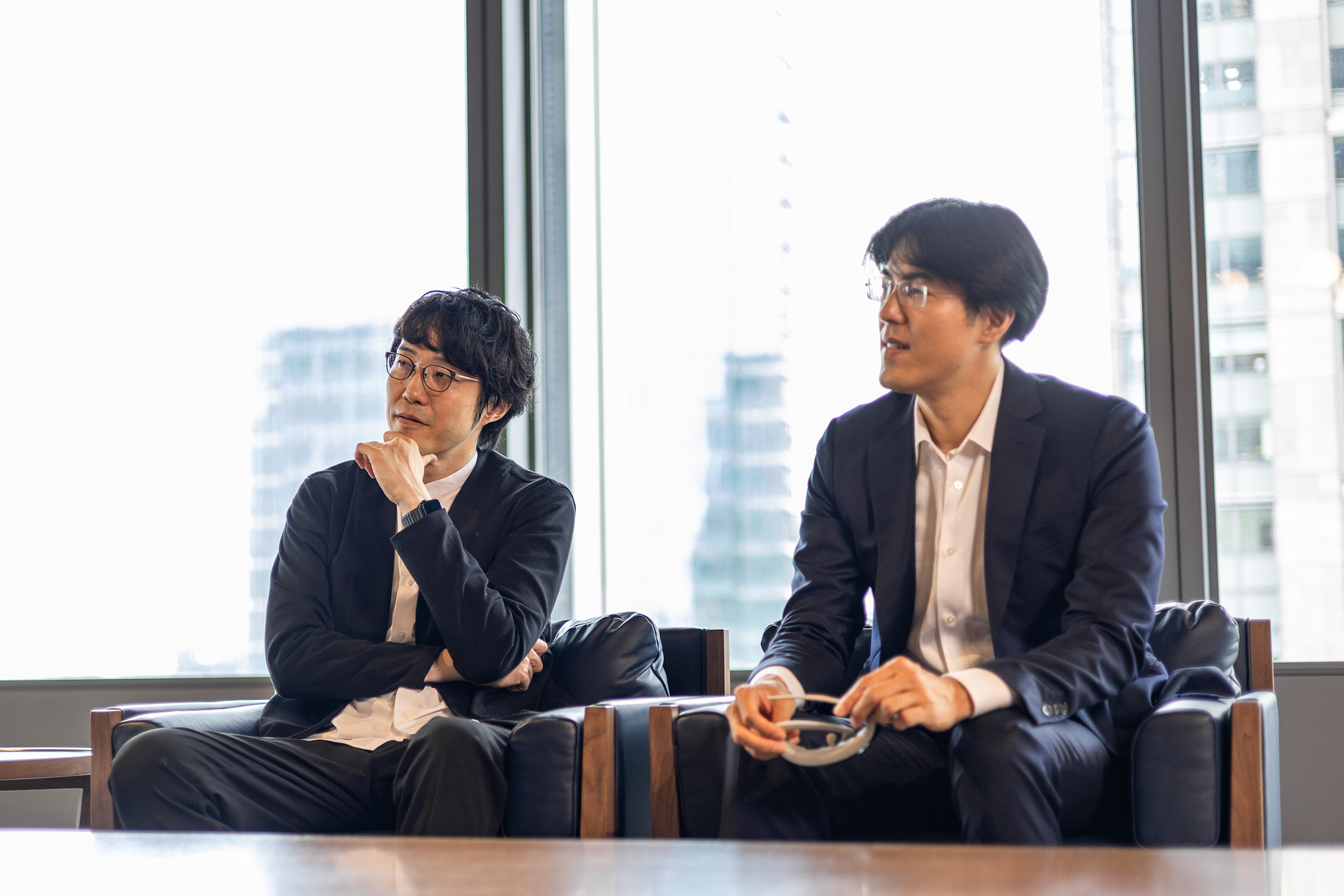
Nambu: That's right. The other day, a mother with a teenage child came to see us, and she was very happy and said, ``When I put this on, my son can clearly see his notebook and the whiteboard.'' Being able to see better will change the amount and quality of information you input, and this may change the quality of your life itself. For better or worse, the way your life unfolds will change.
In reality, there are still constraints in terms of functionality, so we think we can achieve a score of around 30, but we believe that there are people who can be happy with a score of 30 and have a better quality of life than they do now. I felt really lucky to have been able to witness it firsthand.
Fujino: We were using it ourselves, so we knew that the viewing angle problem would be stressful. We hesitated until the very last minute as to whether it was really okay to release it, but we also felt strongly about the overwhelming future that "ViXion01" would create, so in the crowdfunding, we clearly explained the shortcomings and asked for support.
Sato: Until now, Japanese manufacturing has had something like an implicit rule that only 100 device should be released to the world, but agile manufacturing is different. First of all, we will launch with 30 points and gradually improve it, even if it is only one point at a time. It almost feels like producers and consumers are working together to continue making products. In a sense, I think this is the ideal form of inclusive manufacturing. In the future, I feel that manufacturing in which everyone has the same perspective, regardless of their position, will become mainstream.
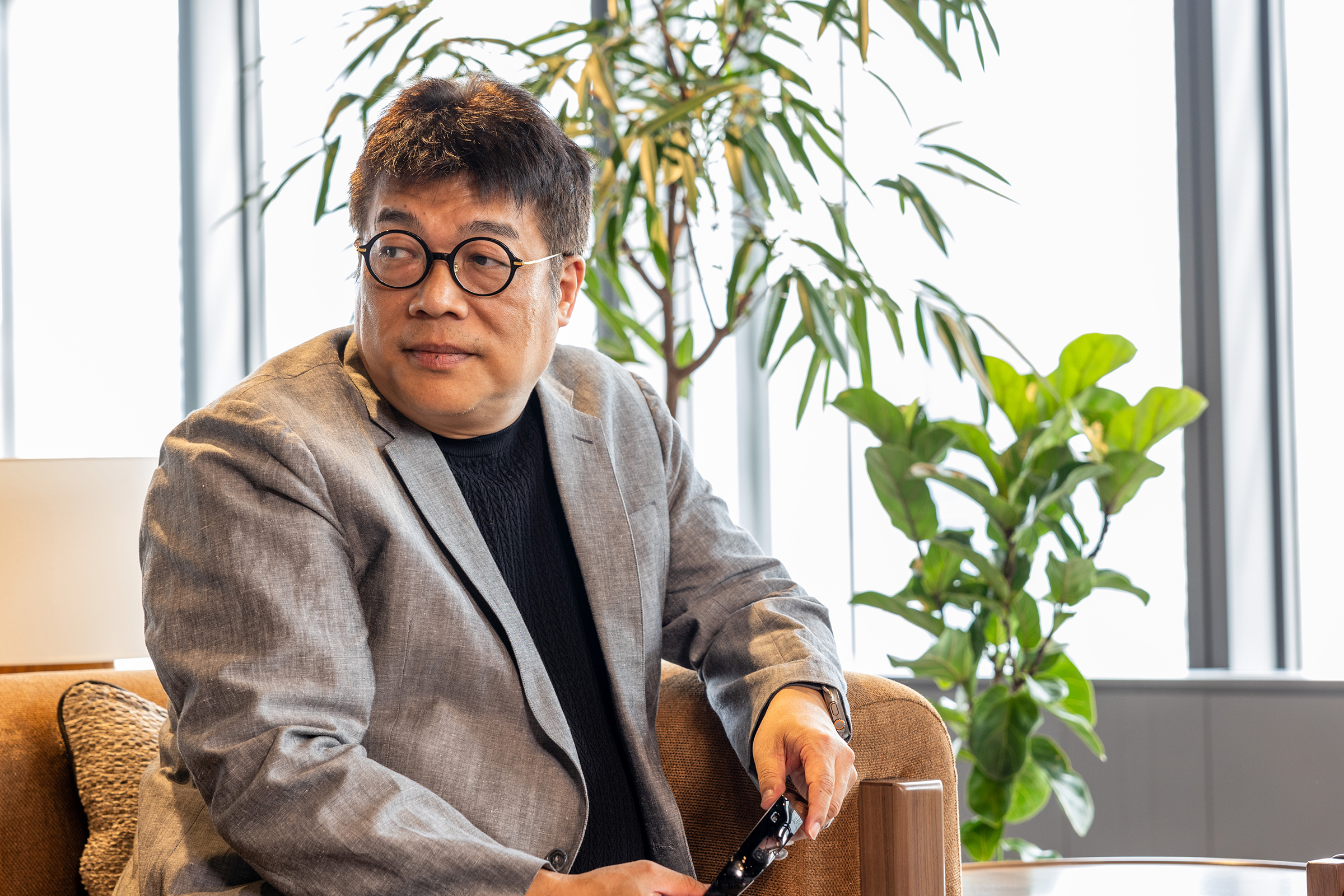
Fujino: Ultimately, we will create both high-performance and low-priced versions of "ViXion01" and deliver it to 10,000, 100,000, 100,000,000,000,000 people around the world, eliminating visual problems. I want to go there. There are many people around the world who have trouble seeing, and it's not just in developed countries. If that happens, we will have to think more and more about production systems, quality control, customer service, etc., and I think there will be a lot of things waiting for us in the future.
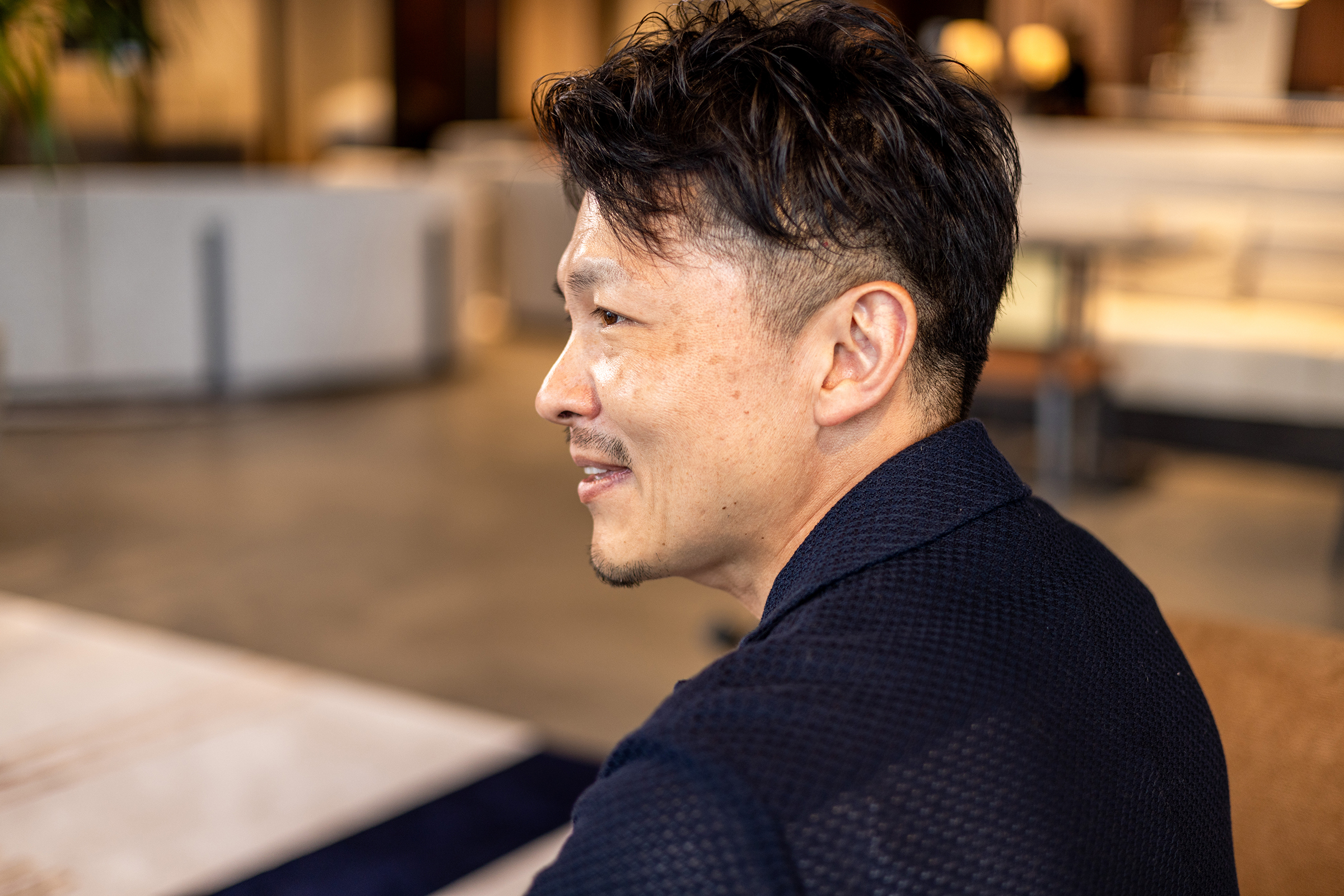
Nambu: It's a daunting journey and worth the effort, but just listening to it makes me feel depressed (lol).
Fujino: I've been involved with many companies, and I'm currently working on four startup companies, but even though things are different each time, trouble always continues (lol). I always feel like it's déjà vu in that respect.
All: (lol)
Fujino: Especially in the case of venture businesses, money issues always come up. How do we find shareholders and supporters who will support our dreams while always facing the risk of continuing our business? In the process, we have to clearly communicate the failures so that there are no misunderstandings, and at the same time, we also have to talk about our dreams.
Ito: This is my first time serving as a director of a company other than Nendo, and for the past 20 years I have been enjoying myself and pursuing how I can support Mr. Oki, and suddenly I am in a position of responsibility for Mr. Fujino. I was drawn in. When I actually joined the organization, I found that there were many problems similar to those I had experienced at Nendo, although the details were different. If this was the problem, there were a lot of things that I thought I could contribute to.
Fujino: It's also a moment when your strength and capacity as a person are tested. After going through such a raw process, the product finally launches, and the crowdfunding finally yields a result. There will always be one or two peaks in the future, and we must overcome them. But I really like it. If it doesn't go that way, I won't be excited (lol).
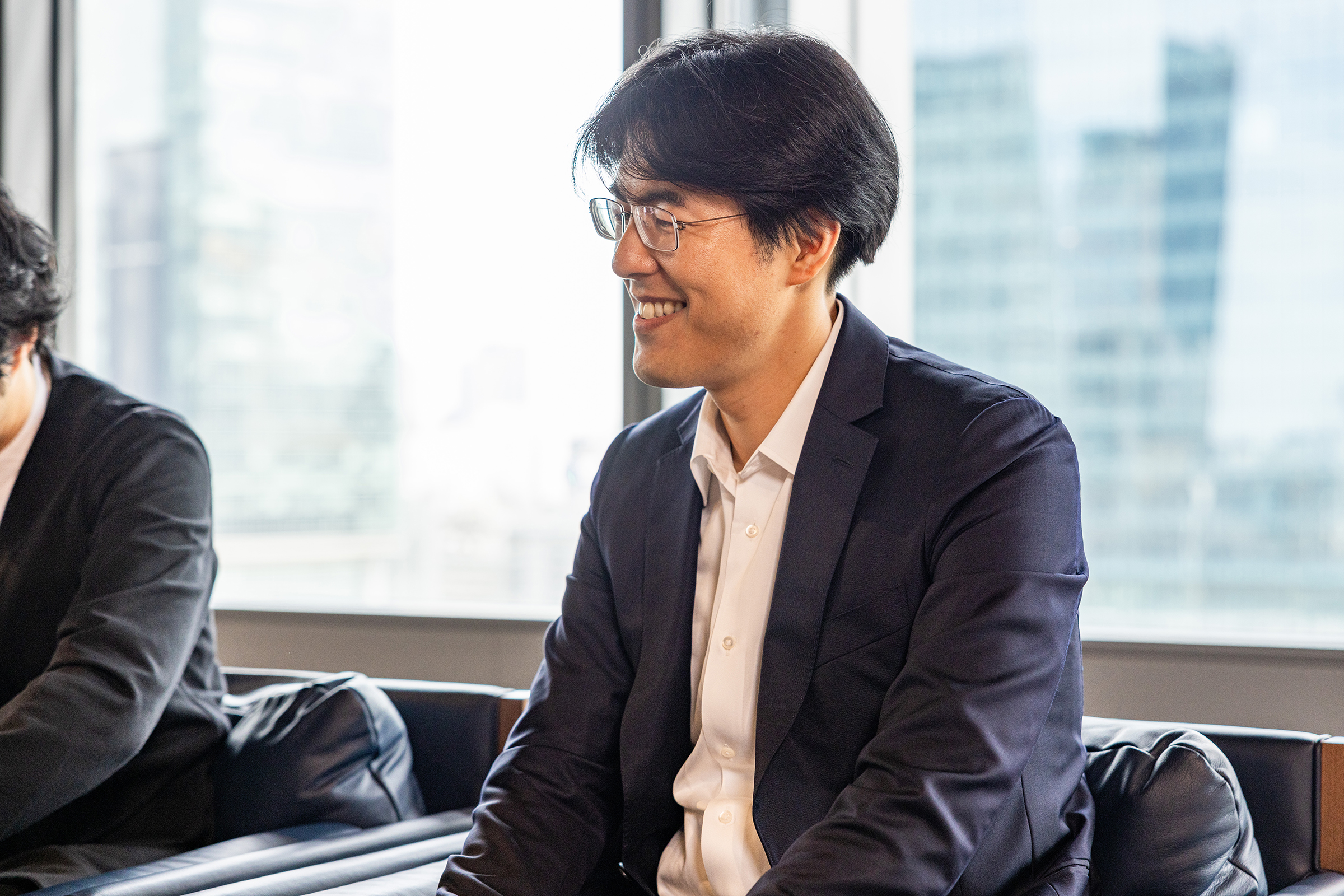
Ito: By forming a team with people from industries other than design, I realized that there may actually be a world in which we can contribute in fields other than design.
Nambu: So it's a new world outside of your activities as nendo?
Ito: That's right. This time I was shown a completely different world, and I am personally starting to think that there may be a way to give back to society in another way with that experience. I'm excited because I think there's a lot more I can do in a broader range than what I've done up until now. Mr. Oki's job as general producer for the Japan Pavilion at the Osaka Expo may be one example of this, and I think he will continue to expand in many other directions.
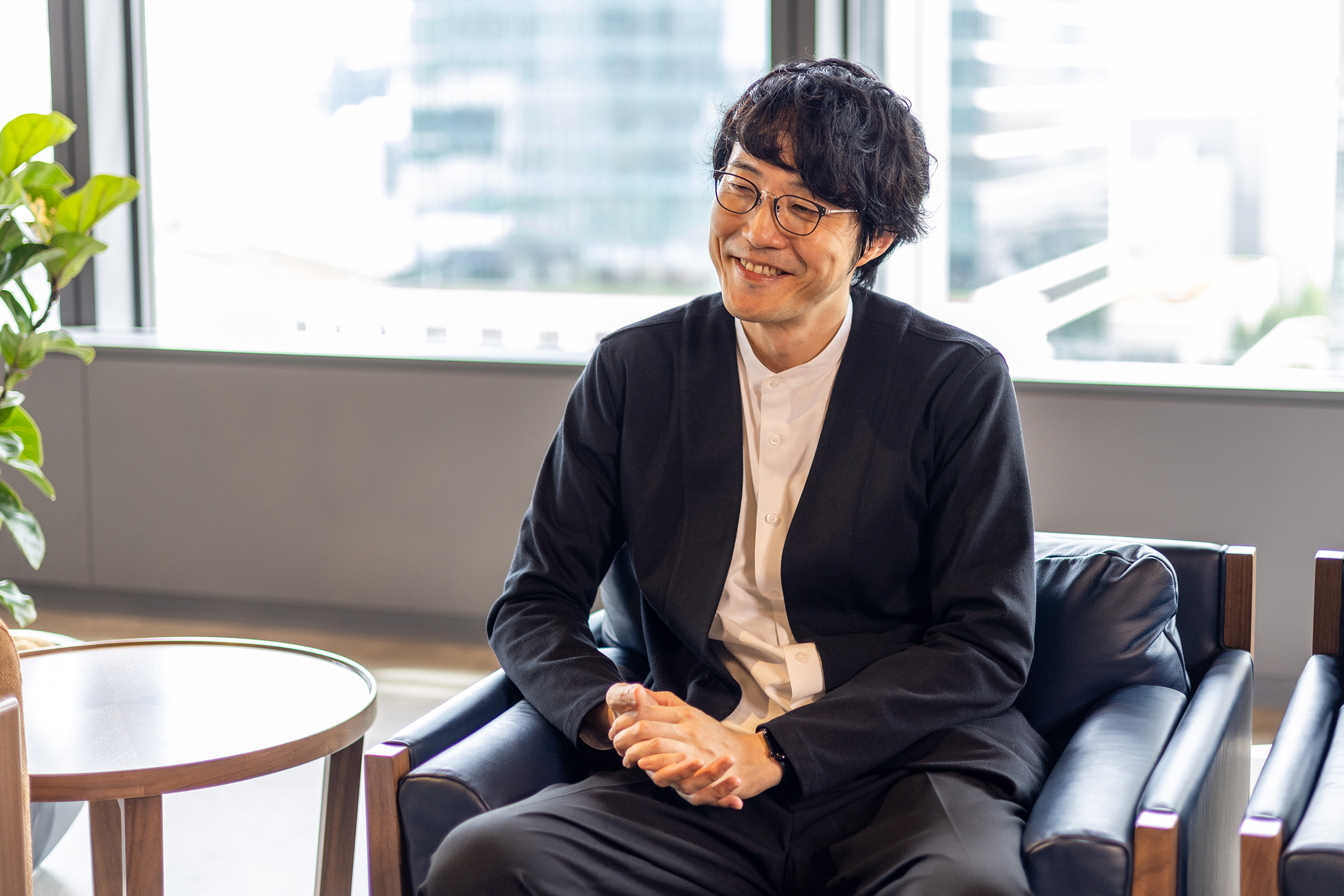
Sato: No matter the situation, I just hit the ball that comes my way (lol).
Ito: When Nendo deals with large companies, we are asked how we can evolve an organization that has become heavy on footwork through design, and ventures have a lot to do but don't have enough manpower, so we need to develop an execution team for things other than design. I'll do whatever I can (lol). Up until now, I have worked with Mr. Oki in all phases, but the division of roles may change, and it seems like there will be more options.
As we continue to face various challenges,
We will aim for even greater heights as an organization.
Fujino: The autofocus function of "ViXion01" is the result of the technical capabilities of genius engineers including Mr. Utsumi, and I think Nendo's design matched it well. Although both are at a high level, there are still some areas where the technology is lacking, so we need to set up a system, raise funds, gather talented colleagues, and provide an environment. I think. We will continue to solve difficult problems and create new machines that are even less stressful.
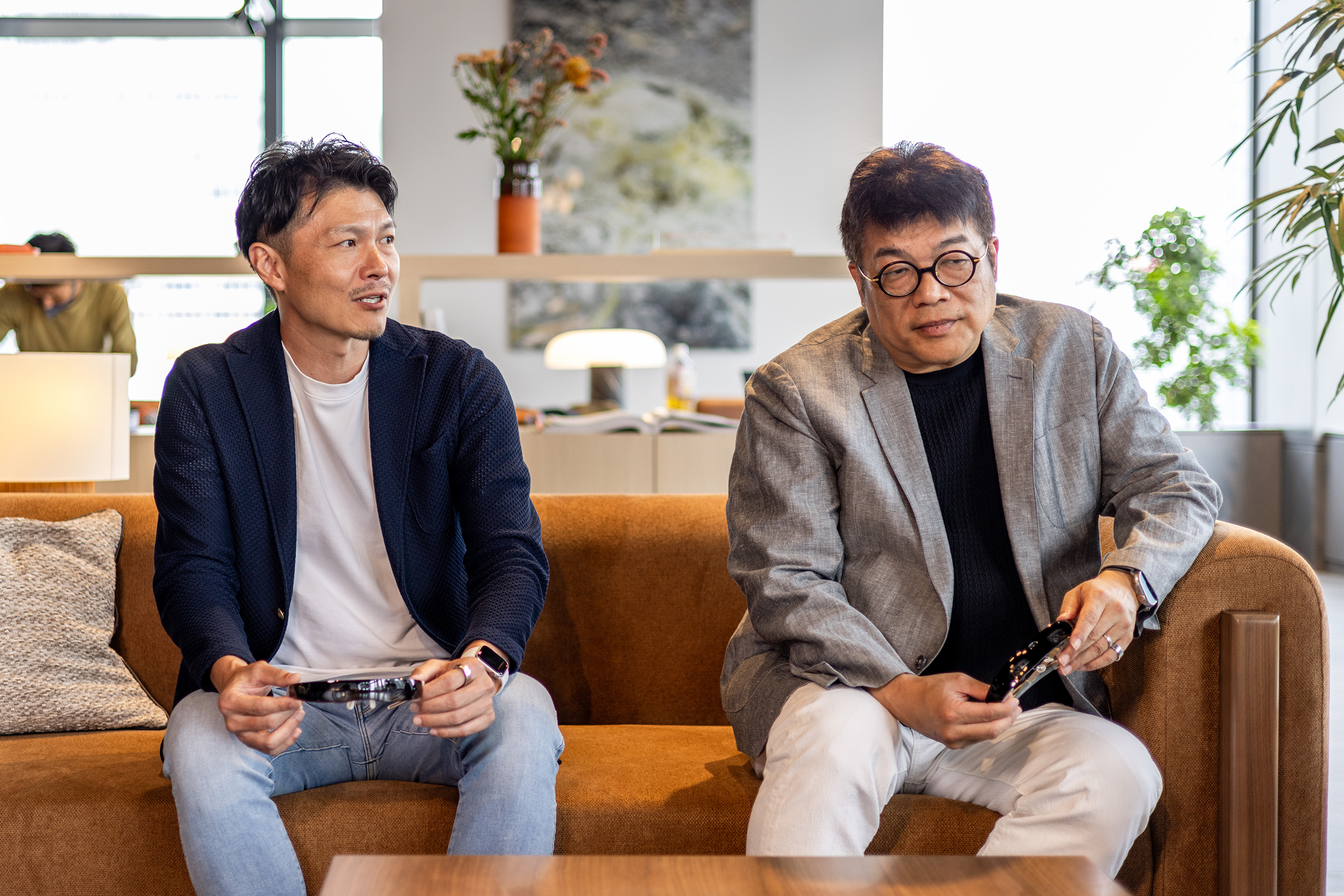
Nambu: I think we would like to increase our options from a management perspective. For example, we are currently proceeding with domestic production, but that will become difficult as we consider global expansion. For example, a license-based business model is obviously an option, and I would like to move forward with a flexible approach.
You might get angry if I say this in front of you, but I think the best way to do this is to quickly solve the problems of those in need, and then make a profit as a result. I think that management's priorities right now are how to speed up delivery and how to make it the de facto standard, but I'm not fixed on this idea, and I have no idea how to develop it. I think there are many kinds of things.
Sato: It feels like we are finally getting started. How will "ViXion01" evolve once it is released into the world? I think that's the big point. What will be an asset at that time will be the opinions of the hundreds of people who have installed the prototype this time, and I feel that the next possibilities are hidden in them. The evolution of "ViXion01" is very important, but I have a feeling that a completely different new species will emerge (lol). As more and more seeds emerge, I think the time will come when ViXion will be recognized as an organization, a company that creates value for society, and that its corporate value will increase and be evaluated correctly. I'm really excited. I can't help but look forward to the idea that I will gradually change as I accompany them. Personally, I feel that being able to be involved as a designer in this way is a very valuable opportunity.
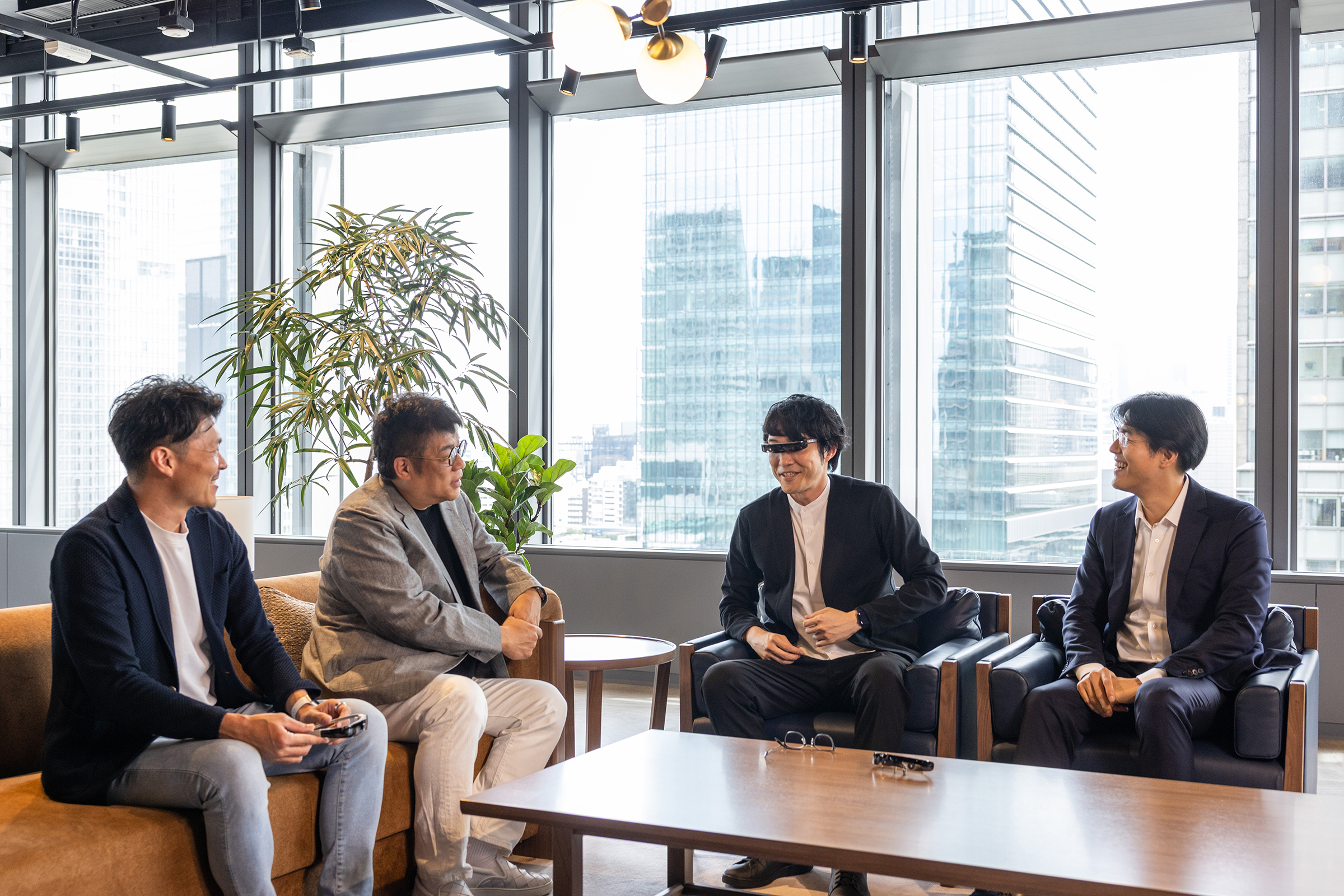
Ito: It is said that the concept of design is gradually spreading around the world, but through this project I learned through experience that the way we work and the way we use design is changing.. That's why I think ViXion will be tested once again to see what it can do, and I feel it has great potential.
Nambu: Everyone has different expressions, but it's great to know that everyone is thinking the same thing that I was vaguely thinking about. I think there are probably many people who are thinking the same thing, not just us here. I think it's great that we were able to express this through the launch of "ViXion01" and this conversation with everyone, and I think it would be wonderful if this kind of thing started happening in many different parts of society at the same time.
Profile information

nendo Representative Director/Chief Designer Oki Sato
profile
He was in charge of the design of the cauldron for the Tokyo 2020 Olympics, and is currently working on the design of the French high-speed railway TGV, as well as serving as general producer/designer for the Japanese Government Pavilion at the 2025 Osaka/Kansai Expo.
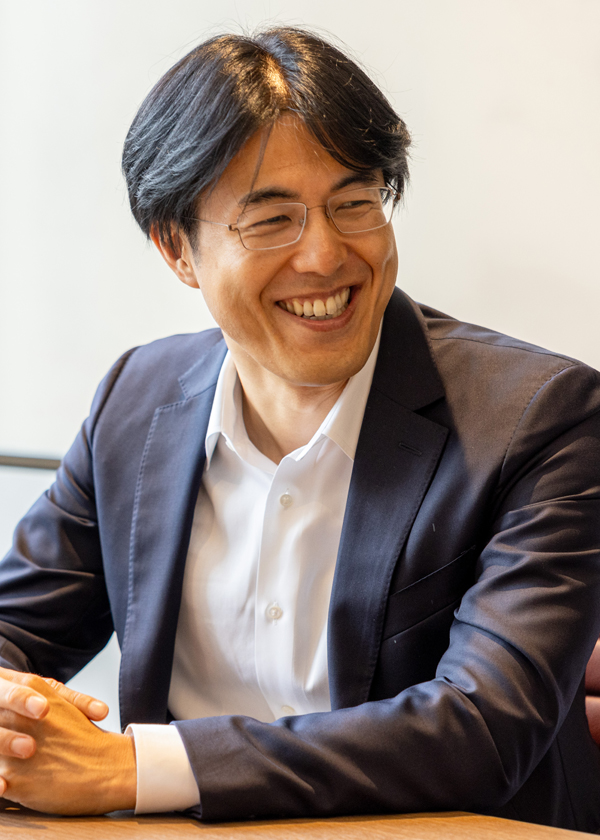
ViXion Outside Director CDO Akihiro Ito
profile
Co-founder. Director of design office nendo. Since founding nendo with Oki Sato in 2002, he has been responsible for all internal work other than design.
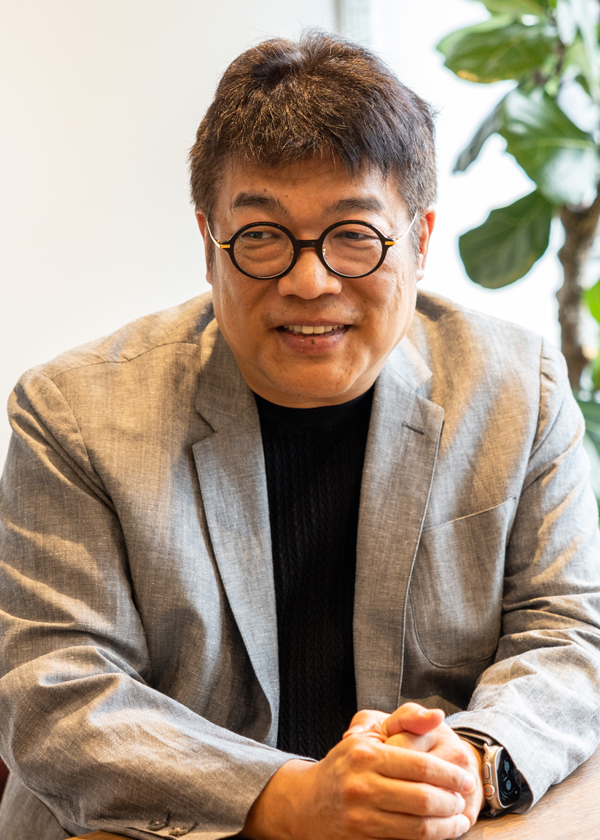
ViXion Outside Director Hideto Fujino
profile
Co-founder. Chairman, CEO & CIO of Rheos Capital Works Inc.. Chief investment officer (CIO) of the Hifumi series of investment trusts. He has experience with multiple companies' IPOs as an investor and manager, including the company's listing on the TSE Growth Market in April 2023.

ViXion Representative Director and CEO Seiichiro Nambu
profile
After working at a government financial institution, he led many projects at Arthur Andersen, EY, and PwC, including management and business strategy formulation, new business planning, and finance/business DD. Joined ViXion in 2022 and became Representative Director and CEO in March 2023.